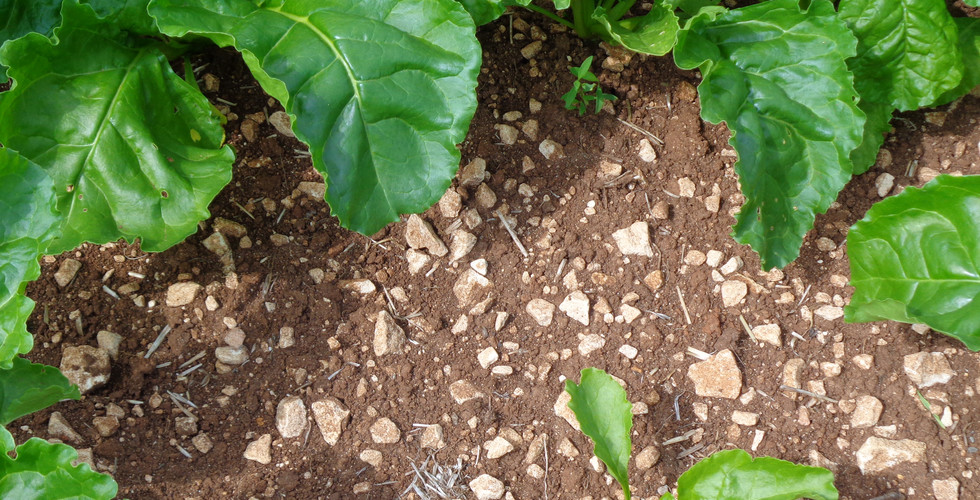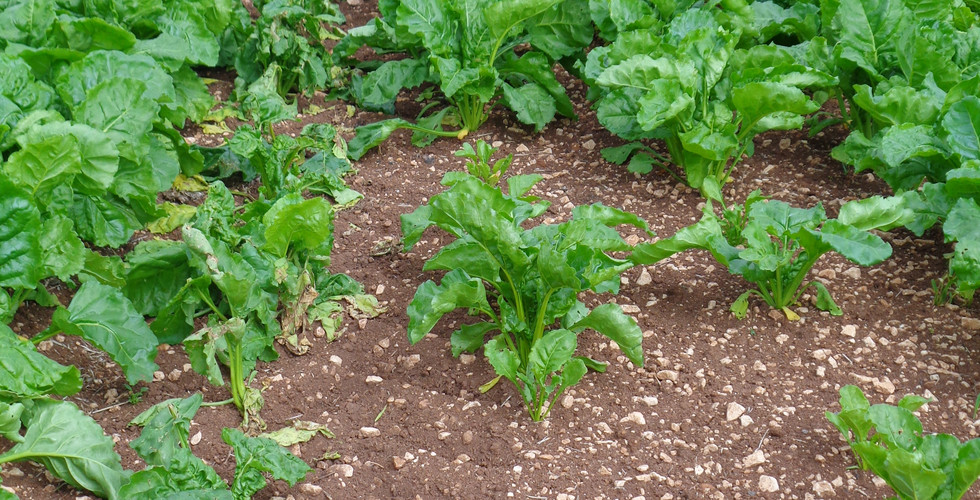Beet Mildew
- Philip

- Jul 24, 2021
- 1 min read
Updated: Aug 25, 2023
There is little Sugar beet grown in Gloucestershire but there are fields of fodder beet. These two crops suffer from similar foliar diseases of which four are key, Rust, Powdery Mildew, Ramularia and Cercospora.
Mildew is a common occurrence and consequently yield losses from not controlling it are guaranteed.
The disease is seen as white mycelial growth on the surface of the leaf, usually between August and October.
The disease initially occurs on isolated plants, spreading rapidly throughout the whole field. The mycelial growth reduces leaf photosynthesis and accelerates leaf senescence, which subsequently reduces root yields.
It is best to avoid growing susceptible varieties as documented on the Recommended List. Otherwise you need to apply a foliar fungicide when the disease first starts to become active in late July/August
Azole fungicides give good control of all four diseases, however timing is critical. Best not to let disease become established, which means monitoring crops from June and spraying at first signs of infection; usually July.














Comments